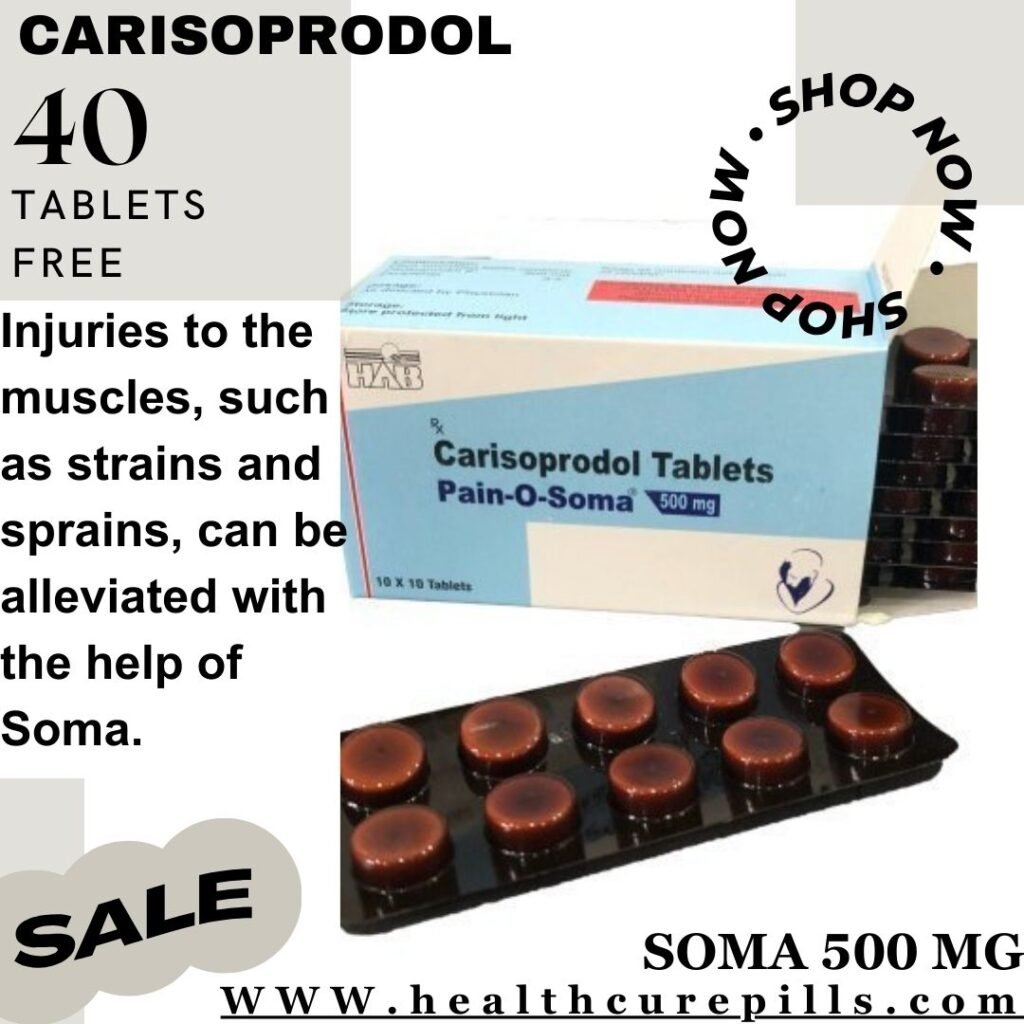Muscle pain and injuries are common occurrences that can impact individuals of all ages and activity levels. Understanding the difference between muscle pain and muscle injury is crucial for effective management and timely intervention. In this article, we will delve into the nuances of differentiating between muscle pain and injury, explore the various causes of these conditions, examine the signs and symptoms that can help distinguish between the two, discuss diagnostic tools and testing methods, and outline treatment approaches, prevention strategies, as well as rehabilitation and recovery techniques to aid in the healing process. By gaining a deeper insight into these aspects, individuals can better navigate their muscle health and make informed decisions to promote optimal well-being.
Understanding Muscle Pain vs. Muscle Injury
Definitions and Differences
Muscle pain is like a bad date – it’s annoying but relatively harmless, while muscle injury is like a breakup – it’s more serious and requires attention. Pain is usually a temporary discomfort, while injury involves damage to the muscle tissue itself.
Common Causes of Muscle Pain and Injury
Overuse and Repetitive Strain
Ever heard the phrase “too much of a good thing”? Well, that applies to muscles too. Overusing muscles or repeating the same movements can lead to pain or injury. It’s like trying to binge-watch a TV show in one sitting – your muscles just can’t handle it.
Traumatic Injuries
Think of traumatic injuries as the unexpected plot twist in your muscle story. Falls, collisions, or sudden impacts can cause muscle tears or strains. It’s like when your favorite character gets written off the show – shocking and painful.
Incorrect Exercise Techniques
Using improper form during exercise is like trying to dance the Macarena at a salsa party – it’s just not going to end well. Incorrect techniques put unnecessary stress on muscles, leading to pain or injury.

Signs and Symptoms to Differentiate Between Pain and Injury
Pain Characteristics
Pain that gets better with rest and mild discomfort during movement is like a minor inconvenience – annoying but manageable. However, persistent pain, sharp sensations, or weakness could indicate a more serious injury.
Physical Examination Findings
If your muscles feel like they’re being dramatic actors, it might be a sign of injury. Swelling, bruising, or difficulty moving the affected area could signal muscle damage rather than just temporary pain.
Diagnostic Tools and Testing for Muscle Injuries
Imaging Studies
Think of imaging studies like muscle detectives – they help uncover the hidden secrets of muscle injuries. X-rays, MRIs, or ultrasounds can provide detailed insights into the extent of muscle damage.
Specialized Tests
Specialized tests are like the muscle equivalent of a pop quiz – they assess specific functions to pinpoint the exact issue. Muscle strength tests, range of motion assessments, or electromyography can help diagnose muscle injuries accurately.
Treatment Approaches for Muscle Pain and Injuries
RICE Protocol (Rest, Ice, Compression, Elevation)
When it comes to muscle pain and injuries, one of the oldies but goodies is the RICE protocol. Rest up, slap some ice on the affected area, wrap it snug with compression, and elevate that limb like you’re giving it the VIP treatment.
Physical Therapy and Rehabilitation
Sometimes muscles need a little hand-holding and gentle nudging to get back on track. That’s where physical therapy and rehabilitation swoop in like the superheroes they are. These experts guide you through exercises and techniques to regain strength and flexibility, making your muscles happy campers again.

Prevention Strategies to Avoid Muscle Injuries
Proper Warm-up and Cool-down Techniques
Think of your muscles as finicky cats – they need a good warm-up to get them purring and a nice cool-down to keep them from scratching you. Proper warm-up and cool-down techniques get your muscles ready for action and help them recover like champs.
Cross-training and Strength Training
Variety is the spice of life, and it’s also the secret sauce for preventing muscle injuries. Mix things up with cross-training activities to give different muscles a chance to shine. And don’t skip out on strength training – it’s like giving your muscles a little pep talk to stay strong and injury-free.
Rehabilitation and Recovery for Muscle Injuries
Gradual Return to Activity
Patience is a virtue, especially when it comes to recovering from muscle injuries. Take it slow and steady with a gradual return to activity. Your muscles will thank you for not rushing things and giving them the TLC they deserve.
Monitoring Progress and Preventing Recurrence
Once you’re back in the game, keep an eye on how your muscles are doing. Monitor your progress like a hawk and listen to your body’s signals. And hey, if you feel those twinges of pain creeping back in, take a breather and prevent a recurrence before it even thinks about crashing your comeback party.In conclusion, being able to differentiate between muscle pain and injury is essential in ensuring proper care and timely recovery. By recognizing the signs, seeking appropriate diagnosis, and following tailored treatment and prevention strategies, individuals can effectively manage their muscle health and minimize the risk of further injury. With a proactive approach to muscle care, individuals can maintain their physical well-being and continue to engage in activities they love. Here’s to a future of strong, healthy muscles and a pain-free lifestyle.
